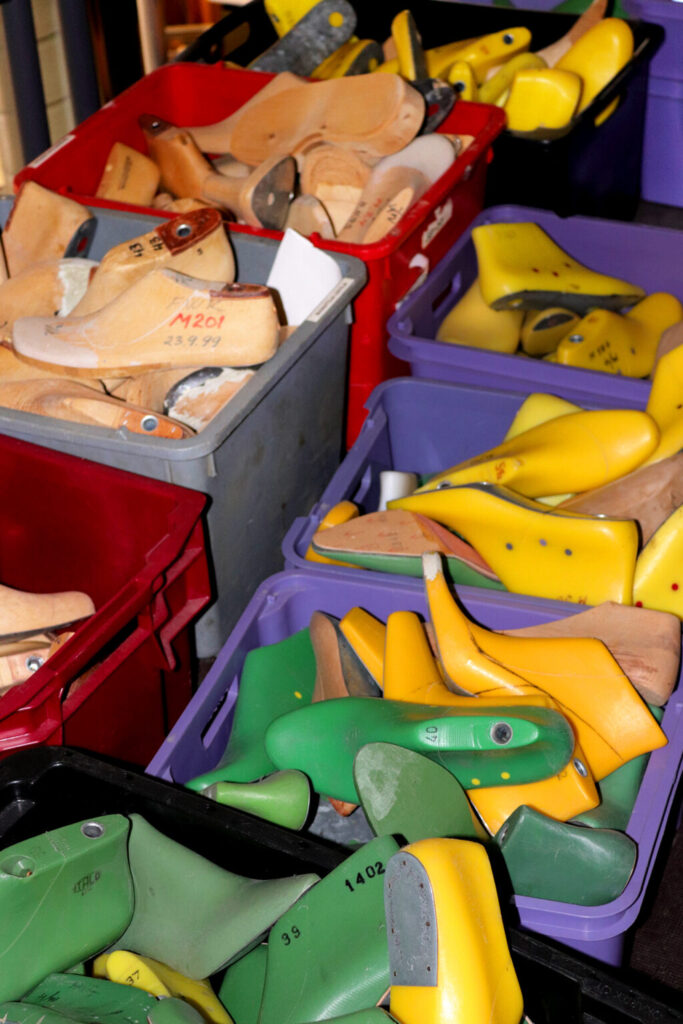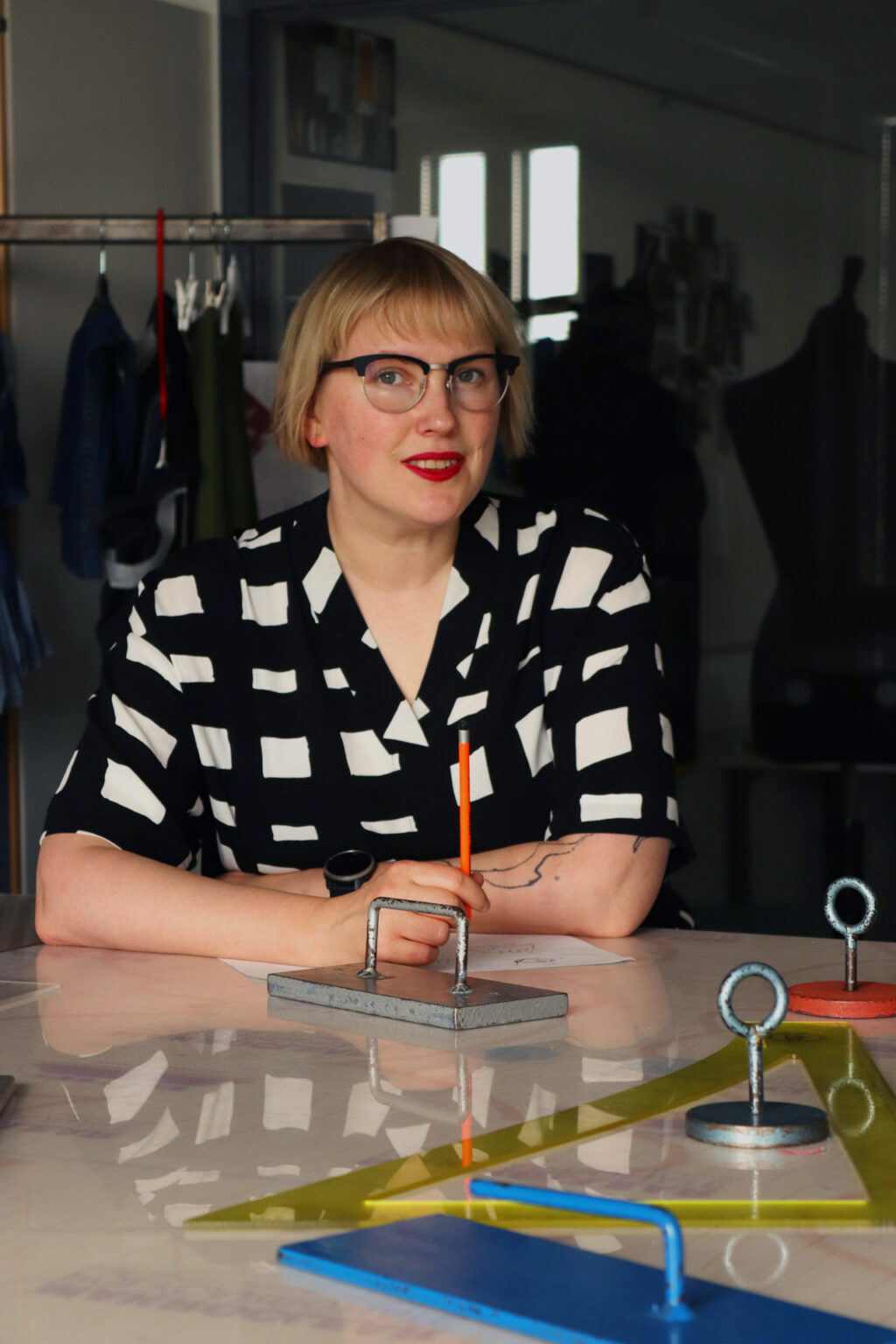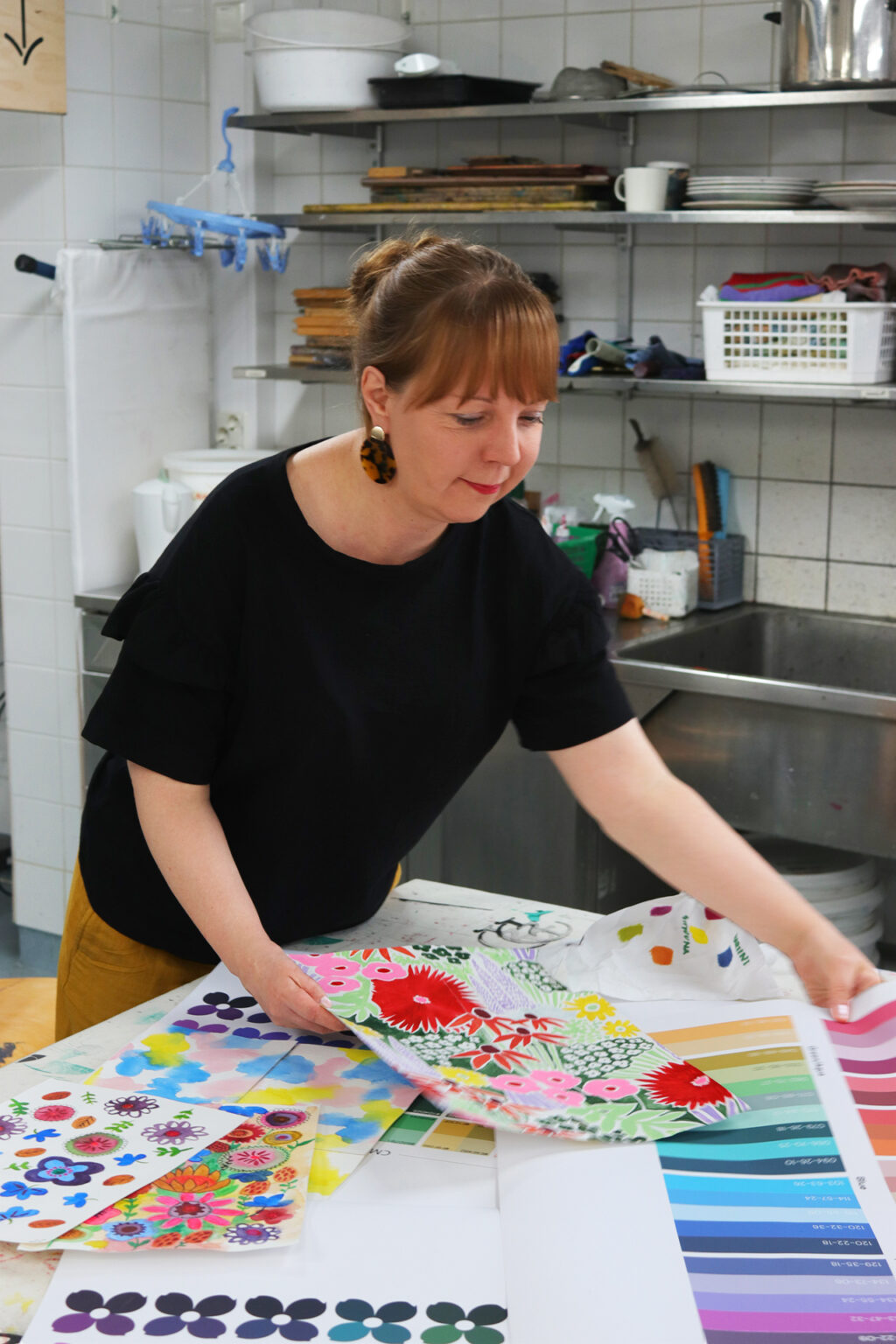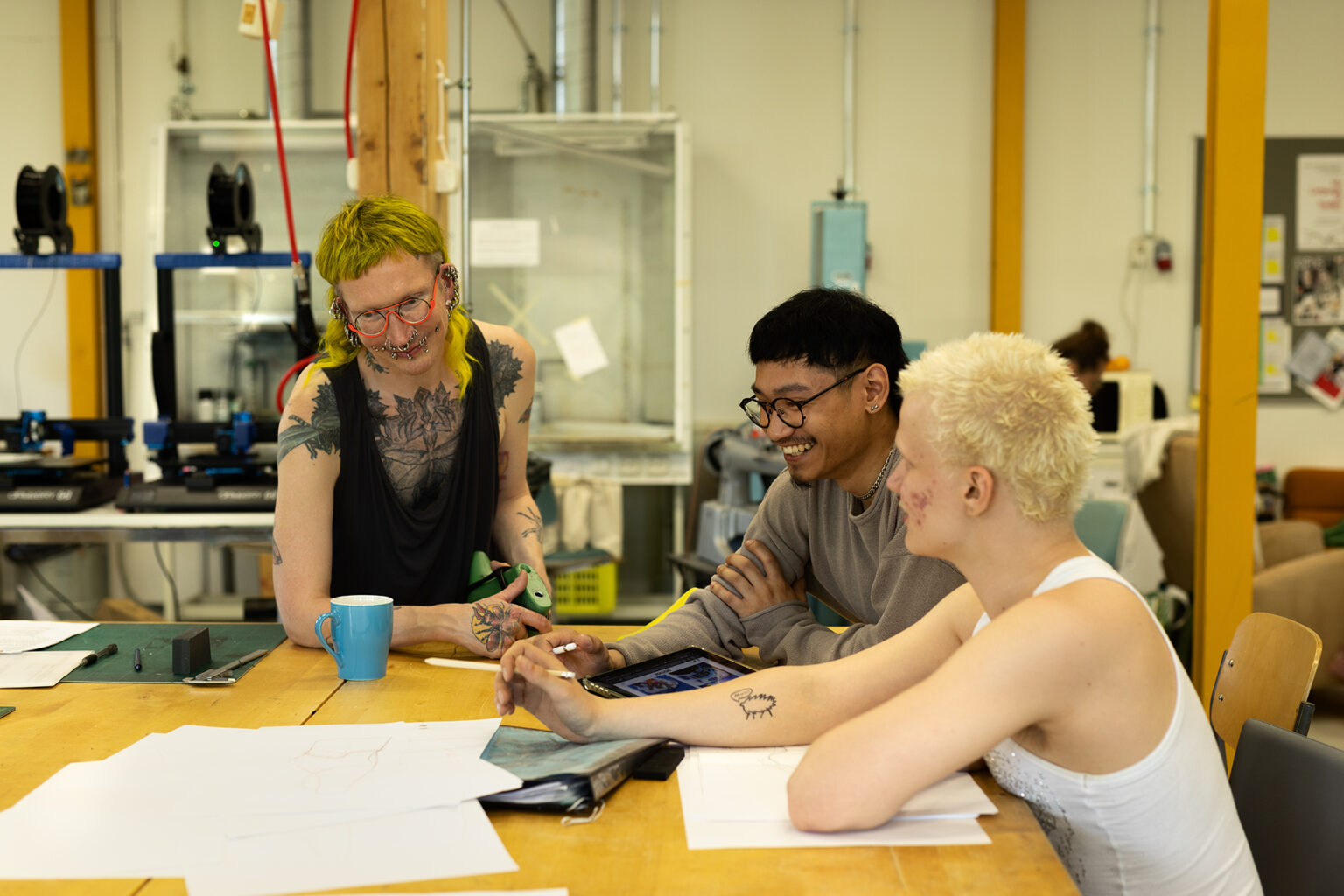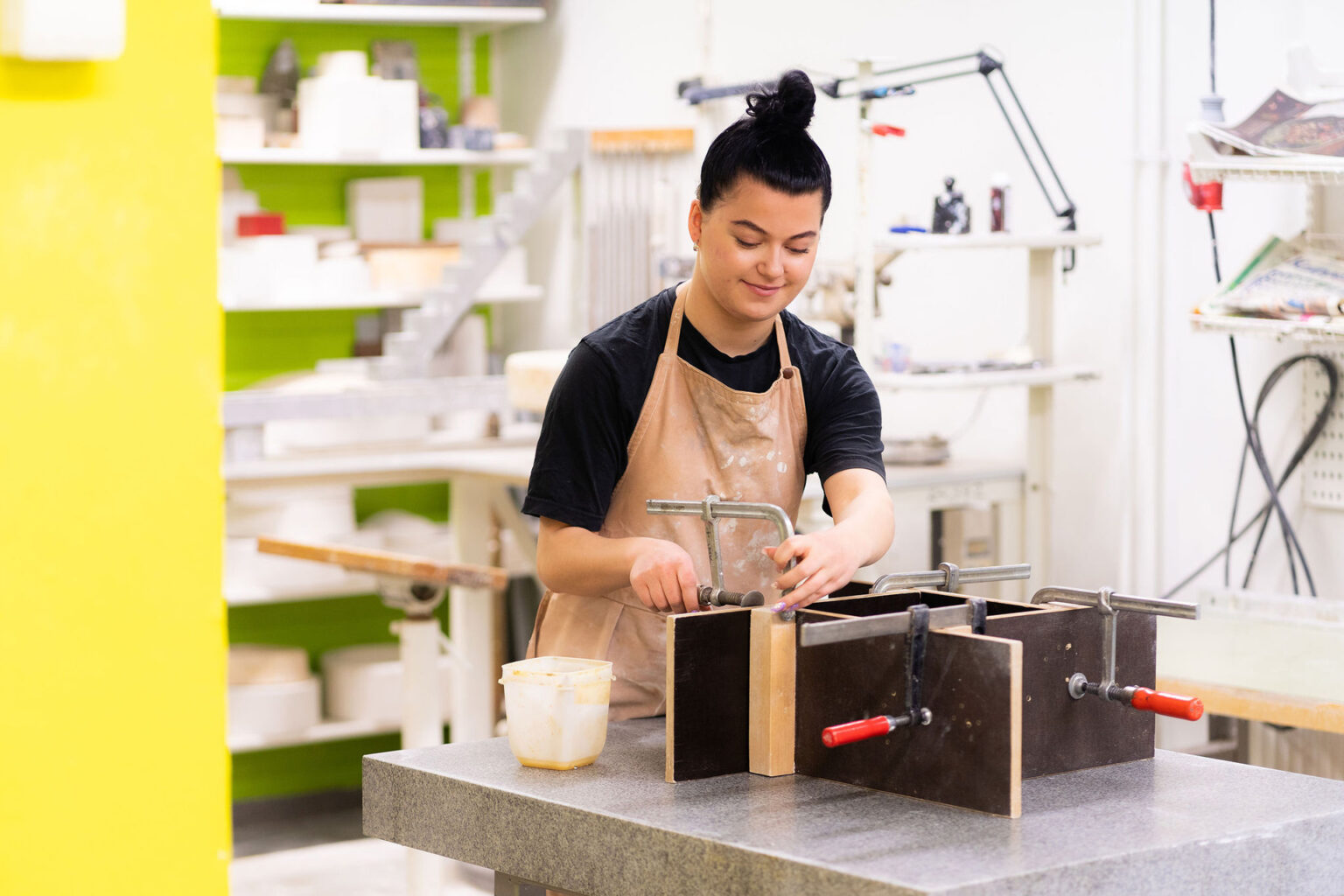The School for Future Bettermakers
Photos: ISABEL TORRAS ASPA, LOTTA POLVIANDER/HAMK DESIGN AND CARL BERGMAN/HAMK
Published: 13 Jun, 2024
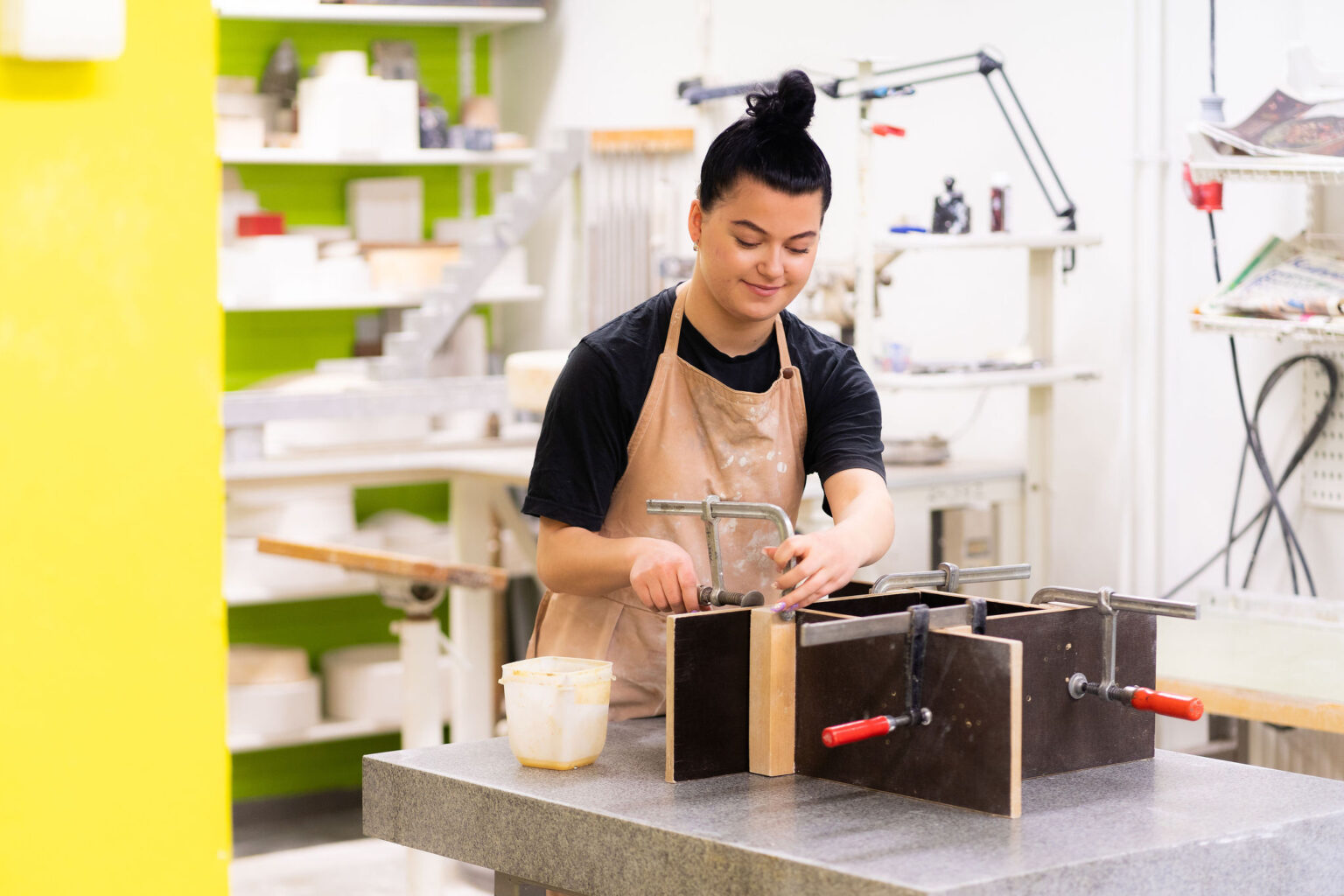
Why Study Design?
Design is more than just a profession; it’s a way of thinking and creating that shapes the world around us. The idea of improving what already exists, sometimes even radically, lies at the core of design. "Just for this alone, it would already be worth it. Decisions made in the design phase also tremendously affect the overall sustainability impact of the product.” explains Ms. Anna Huoviala, Head of the Degree Programme.
“Students joining our program are looking for an education that aligns with their values and gives purpose to the skills they commit to learning. In a world saturated with stuff, you might wonder why anyone would feel the need to contribute more…. But their hope is to impact the world through craftsmanship and creativity. Our design projects are always driven by sustainability, and we do not shy away from challenges in this area.” explains the Head of Degree Programme, Ms. Anna Huoviala.
"Our students hope is to impact the world through craftsmanship and creativity."
Senior lecturer in design Maria Rivera-Pessi adds: “As we are very hands on and experimental with our projects in our studies, students experience firsthand the profound impact of action in effecting change. It’s meaningful.”
“Creativity has always driven me forward in life and design is a way to apply my creativity in real life,” states Lauri Leino, a second year footwear design student.
Understanding the Imperatives: a Holistic View on Design
While the desire to create and a keen interest in footwear, fashion or glass and ceramics design, along with sustainable values, serve as motivations for applying to the program, many students are positively surprised by the holistic view of design in the curriculum.
Ms. Huoviala explains about the idea behind the curriculum: “We give the students a broad view on design. Our curriculum covers diverse topics such as the cultural significance of design across history, visual communication, service design, and future studies to name few. Smart design and sustainability competences are built up over the course of the studies and applied in the design projects in practice. Business side of design, sustainable sourcing and encouragement to entrepreneurship are also greatly emphasized, as we aim to nurture a new generation of designers, hoping to see them establish innovative design and sustainability-driven companies as our alumni and make a positive impact on the industry.”
“I believe we are very much in tune with the global trends, not just within the design realm. Our curriculum and course assignments are dynamic allowing us to incorporate new phenomena into our courses, such as the use of AI in design,” adds Maria Rivera-Pessi.
Our curriculum and course assignments are dynamic allowing us to incorporate new phenomena into our courses.
“What does the future hold for design? How is the industry shifting, and what new skills and competencies are required? We maintain active dialogue with industry leaders, and our curriculum in regularly reviewed by professionals in the field. As design educators, our role is to equip professionals who can drive the industry forward,” concludes Huoviala.
“When I applied here, I knew I wanted to learn how to design and make shoes,” says Vilma-Ania Lämsä, a graduating footwear design student. “Well, I did learn that and so much more. It was surprising to me at first, but I’m really happy we have all the courses about art, design history and graphic design. Now I can design and make shoes, but I can also do so much more as a designer! I have so many options!” Vilma-Ania remarks.
“I was looking for a design degree that would provide an international environment and prospects for me to learn about various topics, not necessarily related to just footwear design, and that’s how I found HAMK,” concludes Dorota Kanuchová.
The School of Doing: Experimental Learning
In fact, there’s much more to discover. The Design Labs serve as the hub of student activity in the degree program where they engage in projects spanning fashion, footwear, and glass and ceramics design. Equipped with modern professional tools, these labs facilitate advanced prototyping and small-scale production. Students are guided to utilize professional materials and methods, fostering independence and safety. Accessible until ten, (yes, you understood correctly, until 10 PM!) in the evening, the labs provide ample opportunity for after-hours work.
According to the head of degree program Anna Huoviala: “Our curriculum and studies prioritize practical application, despite being grounded in design research and modern practice. Engaging in hands-on learning, experimenting with materials and methods, and creating prototypes fosters a deeper understanding of product development and design.
We also give students lots of independence and trust, granting them nearly unrestricted access to the professional equipment in our studios. This is again connected to the entrepreneurial spirit. Upon graduation, students possess the skills necessary to pursue their dream of starting their own company.”
Students highly value this opportunity and take full advantage of it. Design student Sittichok Moungmee, better known as MM by everyone at the campus, states:
“Being able to come on my own time and work on my own projects gives me the freedom to develop my skills.”
Lauri Leino adds: “Thanks to the HAMK studios, I have the opportunity to develop my own design identity in my free time.”
“I love having the freedom to work in the studios outside the lecture hours. With all the different workshops I have learned to expand my creativity. Working with different materials and techniques encourages me to get out of my comfort zone and create incredible pieces. I like the idea of learning by doing and not just learning the theory sitting on a chair. Doing and seeing how it works is the best way to learn,” remarks glass and ceramics design student Isabel Torras Aspa.
Embrace Diversity, Spark Dialogue and Promote Collaboration
The Smart and Sustainable Design degree program has an international student body bringing together local Finnish design students and international students to work together in teams.
According to Anna Huoviala: “In just a few years we have transformed into a global community of creatives here in the heart of Häme. Our students come from all around the world bringing their cultures and personalities with them. Design is an international discipline, and the experience of working and communicating with people from diverse backgrounds enriches both our students’ personal growth and their professional skill set. Our Finnish students collaborate closely with our international degree students, and it’s truly heartening to see how our faculty, staff, and local students have warmly welcomed our international peers. It’s a testament to the spirit of the design community here.”
“It has been wonderful to be part of international education. Group work brings a variety of perspectives and ideas to work. Of course, it’s great to get to know new people from all over the world and make new friends from different cultures,” states Vilma-Ania.
Dialogue and collaborative design processes, aligned with creativity, are integral parts of the curriculum. User-centric Design Thinking processes and related methods are applied in the creative projects, enabling students to communicate and learn from users, clients, and other stakeholders. Balancing the creativity with input from users’ needs is a strategy to navigate the path towards creative, sustainable, and functional products that connect with their users and have long lasting lifecycles.
Second year design student Dorota Kanuchová recalls: “At first, I was surprised about the amount of teamwork. It was both fun and interesting but also challenging. Now I think it’s fundamental to learn to communicate with others and take responsibility. We also do a lot of presentations on projects and that’s a good learning as well. I like mixing with the international crowd here, I think it’s how it’s going be in the work life as well.”
The design faculty’s teaching philosophy is built on empowering the students as active owners of their learning and professional growth. We provide support, resources, projects to practice on and guidance toward the students’ individual career goals. There is much freedom, but students are expected to take responsibility.
As Anna Huoviala explains: “We embrace the diversity of our students. We do not force our students into a certain aesthetic direction but try to provide them with tools to connect with their product users and make conscious choices. Students can find their individual strengths and career goals in design, whether they lean towards creativity, multidisciplinary approaches, or technical applications of their education.”
“We never tell the students what is the correct way to solve a creative problem. That can sometimes feel frustrating to students. In real life, there rarely is one right way, and the process is what determines the outcome. That’s Design Thinking. You have to cope with uncertainty, collaborate with others and be open minded about where the process takes you. It’s ok to fail, too. That can be a great learning experience, and this is a safe space for that!” adds senior lecturer Maria Rivera-Pessi.
Last but Not Least, Inspire Action!
As we navigate the ever-evolving landscape of design, our curriculum remains dynamic and responsive to emerging trends and technologies. We have cultivated a global community of creatives prepared to take on the challenges of tomorrow and make the world a better place. Our mission is clear: to inspire and educate a new generation of design bettermakers that are ready to take action in the industry. The future of smart and sustainable design may very well come from Häme, Finland.
The future of smart and sustainable design may very well come from Häme, Finland.
Read more
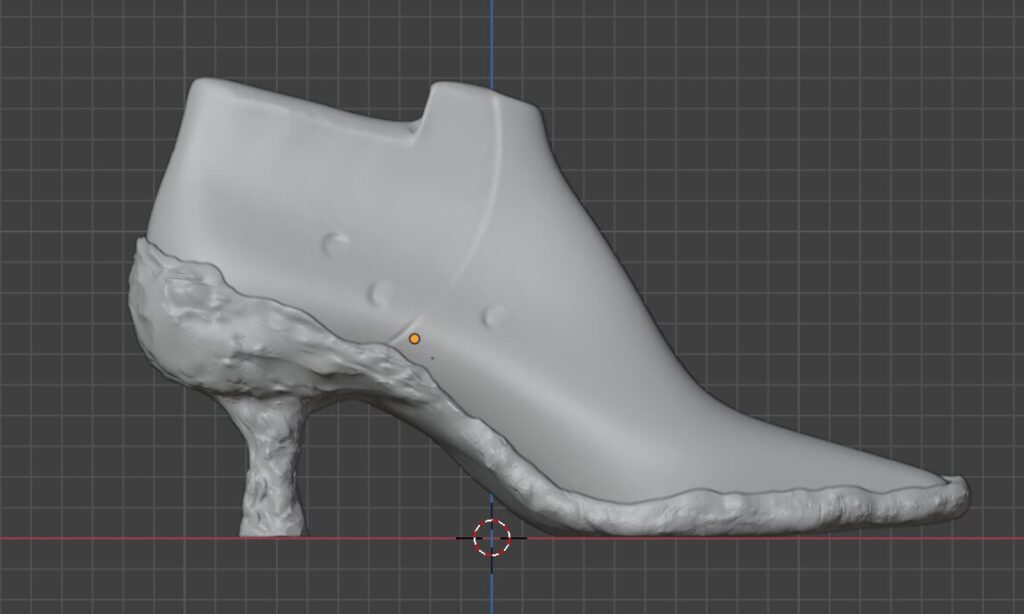
The Future of Design: 3D Technology in Student Projects at HAMK
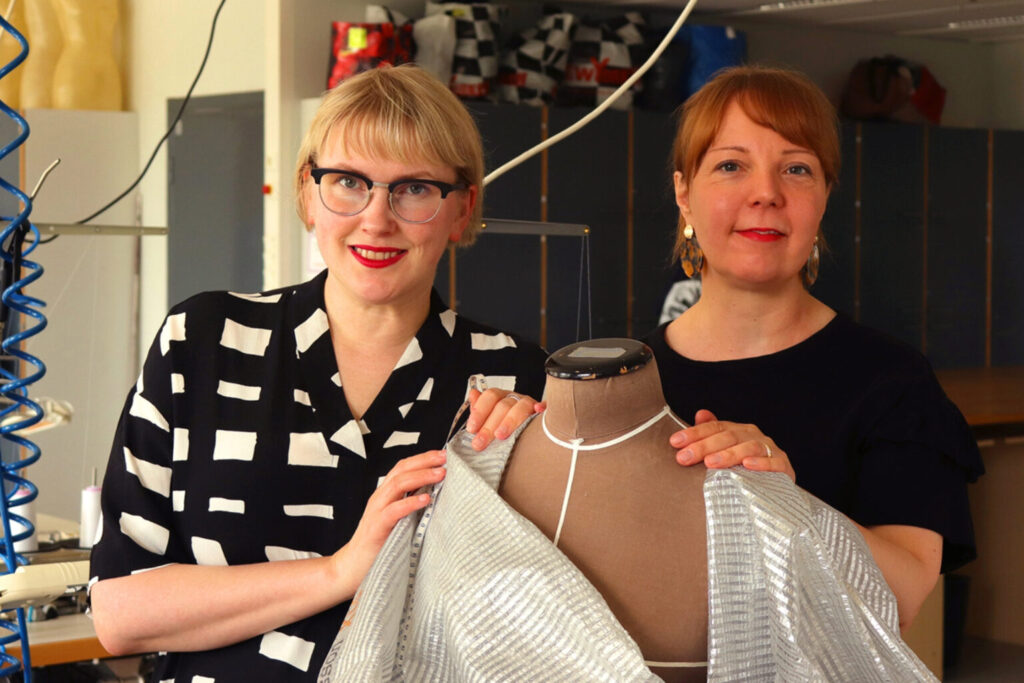
The School for Future Bettermakers

LEGACY OF WETTERHOFF: CELEBRATING 139 YEARS OF ENTREPRENEURSHIP AND DESIGN
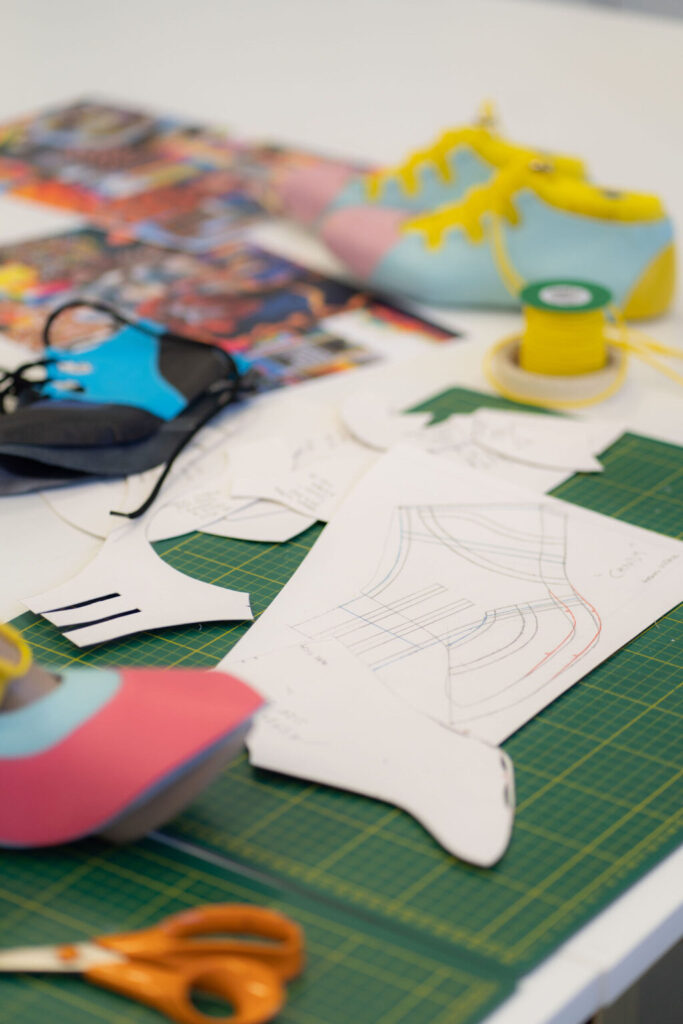
In the Footprints of HAMK Footwear Design
